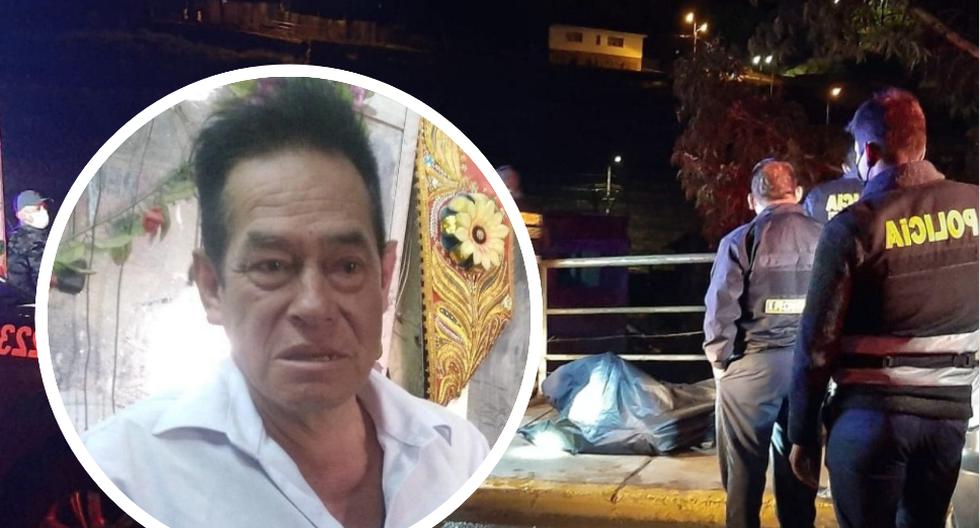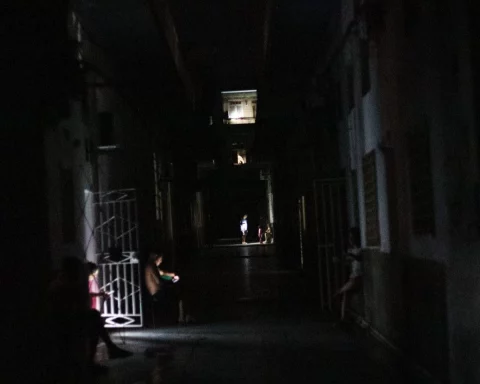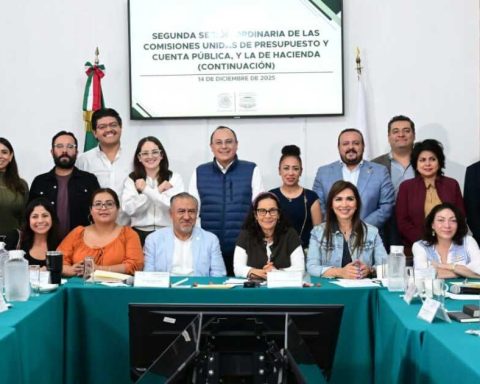Santo Domingo – The Governor of the Central Bank of the Dominican Republic (BCRD), Héctor Valdez Albizu, received a visit from the European Union (EU) delegation headed by Katja Afheldt, Extraordinary and Plenipotentiary Ambassador of the European Union to the Dominican Republic , in which the excellent results of economic growth obtained in the country in 2021 were addressed, in addition to the objectives of the agenda related to aid that the European Union plans to implement in the country.
Valdez Albizu thanked the usual interest that the European Union shows in the economic and institutional performance of the Dominican Republic, “because it allows us to receive their vision of our country, while we have the opportunity to exchange perspectives and work plans after a year in which a 12.3% growth was achieved, in which the recovery of key sectors such as free zones, total exports, tourism and construction played an important role, achieving that with correct macroeconomic measures and an efficient inoculation plan, companies and Dominican families could face the effects of the Covid-19 pandemic.”
The governor pointed out that the Monetary Board (JM) and the Central Bank contributed to facilitating resources through financial institutions, thus helping companies and households to restructure existing loans at lower interest rates or to contract new financing with flexible requirements, reaching RD$ 215 billion pesos, which represents around 5% of GDP. Thanks to these measures, more than 92,000 credit users benefited from the productive sectors, commerce, MSMEs and households.
Likewise, at the meeting, the governor highlighted the reactivation of agriculture with a year-on-year growth of 6.0% in the last quarter of the year and the notable improvements in crop productivity and the export orientation of important items that are underway in that sector. . He also indicated the investments in the mining sector to extend the useful life of gold and silver deposits, in the process of evaluation, as well as the extraordinary diversification and expansion of the free zone sector, which was the first to recover employment levels with compared to the pre-pandemic.
Valdez Albizu highlighted the recovery experienced by the industrial sector, which is in the process of modernization and expansion, as well as the extraordinary performance of the construction activity, which was the one that contributed the most to economic growth in 2021, which includes tourist areas with construction of hotels, apartments and villas, low and medium-cost housing, shopping malls, hospitals, corporate buildings, as well as the acceleration of capital spending by the government that affected the better-than-expected growth results.
The meeting discussed the remarkable recovery of tourism with the arrival of some 5.0 million non-resident visitors and foreign exchange earnings for this concept of US$5,680.6 million, thanks to the efforts made by the tourism cabinet headed by President Luis Abinader and coordinated by the Minister of Tourism and the successful vaccination plan led by Vice President Raquel Peña, who managed to inoculate 66% of the adult population with two doses, above the average for the region, which contributed to generating confidence in the tourists.
Another aspect addressed is the attractiveness of the country to become a logistics hub in the area, taking advantage of the so-called “nearshoring” opportunities. Valdez Albizu took the opportunity to comment on the sensitivity that the Dominican Republic has on climate change: “We are members of the climate change commission and the Central Bank has been specifically involved in studies on the financial impact of this phenomenon.”
Regarding the economic results of the external sector, he commented that “the current account deficit closed 2021 at 2.0% of GDP, financed 1.3 times with the flow of foreign direct investment that amounted to US$3,085.3 million last year” and reported that “international reserves reached US$ 13,034 million dollars, equivalent to 6.6 months of imports and 13.8% of GDP, above the metrics recommended by the IMF.”
0The governor indicated that “in 2022 we are projecting growth between 5.5% and 6.0%, slightly above its potential” and that the “Central Bank is taking measures focused on making inflation converge to the target range of 4.0% ± 1.0% as soon as possible within the policy horizon.
For her part, Ambassador Afheldt stated that, with regard to the EU cooperation plan, it would be focused on offering economic opportunities for women, support for institutional reform and decentralization, as well as aid for trade and social projects. . Katja Afheldt worked in different European institutions and joined the European Commission in 1993.
















